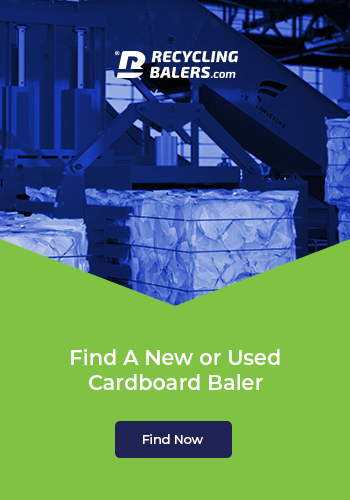What is Single Stream Recycling?
There are many consumer benefits to single-stream recycling, which is the system where recyclables are disposed of in a single container. As opposed to separating a variety of materials for specific recycling needs, single-stream recycling can be collected in bulk and easily transported to a recycling plant for processing. While this allows users to avoid the need to separate their recyclables and ensure that they are placed in the right bins, it is not a flawless system. The higher rate of material contamination is to be expected, and this has potential drawbacks for those facilities that rely on exports of recycled materials.
Conveyor Systems and Single Stream Recycling
On the surface, single-stream recycling is very straightforward. Facilities collect the recyclable materials and then sort through and process them before shipping them to where they need to go. There are a variety of technologies that can be used to improve this process. Automation is one of the key areas of development and can be seen in conveyor systems as part of the sorting stages. However, although single-stream recycling is of benefit to consumers, it can be a more expensive option for recycling facilities. The cost of developing the most efficient single-stream recycling process will be dependent on the waste materials that are being processed. The conveyor system will need to be built to address all potential materials and contaminants; otherwise, wear and tear is inevitable and fast.
The Process of Single Stream Recycling
Once the waste has been collected, it will then go through a clear process of recycling. This follows key stages that will include:
● Moving the materials to the conveyor belt, often via a drum feeder
● Manually sorting of non-recyclable items
● The materials will then pass through large star screens, which allow for smaller items to be separated and for materials, such as corrugated cardboard, to be removed.
● Light items continue along the conveyor on a new level, while heavier items continue moving forward.
● Glass items are crushed for improved safety
● Magnets then remove any steel or iron items
● Staff manually remove specific items as needed
● An eddy current (a reverse magnet) is then used to separate any aluminum materials, such as cans.
● While not all recycling conveyor systems use infrared identification, those that do will then use IR to identify various plastic grades. Often, these are separated using air jets that guide the recyclable plastics into one bin and recycled materials into another.
This lengthy process requires the right system of conveyance, as well as a trained workforce. While single-stream recycling can have a dramatic effect on a community's recycling rates, as well as a dramatic reduction in the costs of collection, there is a continued risk of a decrease in material quality. Contamination is the primary issue, which is why having a conveyor system that is fit for purpose is so essential.
Currently, no recycling system is considered to be 100% efficient. However, single-stream recycling has become an increasingly popular waste management solution. With the right conveyor belt system, single-stream recycling can be made significantly easier, and the technological leaps being used to transport, process, and sort those materials is only advancing. Whether single-stream recycling becomes the norm is yet to be seen, but for those facilities that rely on single-stream recycling, the right conveyor system is more critical than ever.



